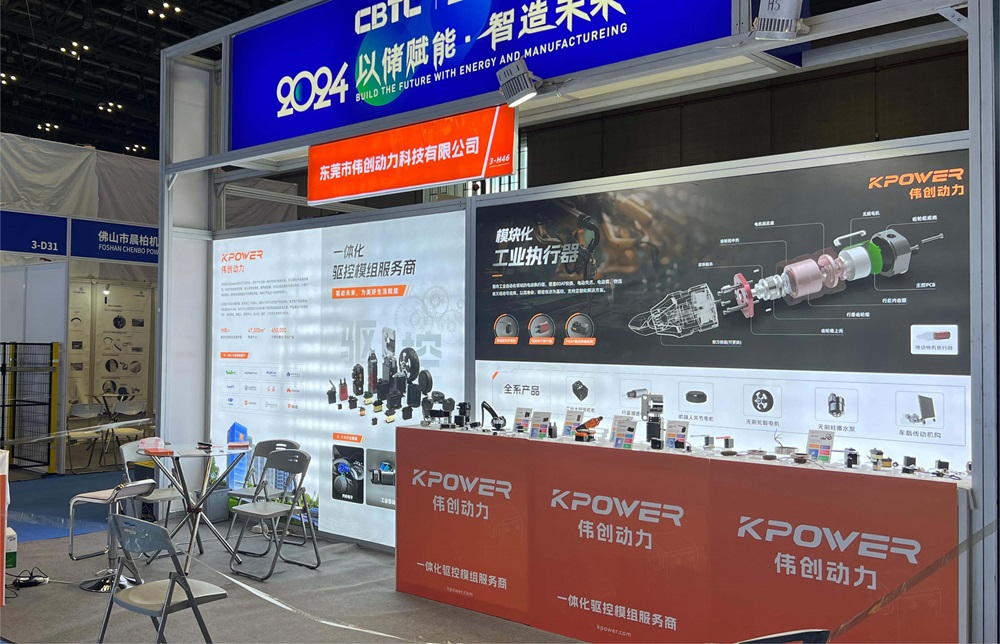Building microservices is already a wild ride—think about all those smaller pieces working together, each with its own rules and quirks. Now, toss in the fact that security has to be baked in from the get-go, not just an afterthought. That’s where designing for security in microservices becomes a game-changer.

Picture this: you have a handful of tiny services, each handling a slice of your app’s functionality. Instead of one big monolithic codebase, you’re juggling many small ones. It feels liberating but also chaotic if you don’t set up safeguards. Imagine a breach happening in one service—does that mean the whole system is toast? No, if you’ve designed smart security boundaries.
One key approach is to think about each service as a castle with its own gate. Only trusted messengers get through—so adopting strict authentication protocols and encrypting data at every step becomes second nature. Sometimes it’s as simple as token validation—access tokens that expire quickly and require guardrails. Because, let’s face it, in microservices, trust must be earned at every handshake.
Plus, not all services need to talk to each other as freely as they think. A clever way is to segment access—think of it as different security zones—so a compromised perimeter in one zone doesn’t automatically compromise others. Layered defenses, like a fortress within your infrastructure, make things much tougher for attackers.
Another interesting aspect is monitoring. Microservices mean a mountain of logs, a constant stream of activity. Keeping an eye on anomalies—like unusual spikes in data requests—can tip you off before something snowballs. Real-time alerts, combined with automated responses, turn your system into a vigilant guardian instead of just a passive observer.
You ever wonder if a simple vulnerability in one tiny service could cascade into a full-blown crisis? It can. That’s why designing for security isn’t just about adding shields—it’s about thinking dynamically, creating resilient architectures that can adapt and recover.
Think about the sheer flexibility this offers. You can patch or upgrade individual components without ripping down the entire system. But unless security stays front and center, it’s like building a gorgeous house with no locks on the doors.
So, what makes a truly secure microservices setup? It’s a mix of isolation, encryption, vigilant monitoring, and strict access control. It’s not a one-and-done task; it’s an ongoing dance. When everything clicks—like a well-orchestrated mosaic—you get a system that’s not just powerful, but resilient against threats lurking in the shadows.
That’s the beauty of designing for security in microservices—it’s about peace of mind, yes, but also about building an architecture that’s ready for whatever comes next. Is it complicated? Maybe. But isn’t safeguarding your brand’s reputation worth it? Because in the end, secure microservices could be the secret sauce that sets your digital presence apart from the chaos.
Established in 2005, Kpower has been dedicated to a professional compact motion unit manufacturer, headquartered in Dongguan, Guangdong Province, China. Leveraging innovations in modular drive technology, Kpower integrates high-performance motors, precision reducers, and multi-protocol control systems to provide efficient and customized smart drive system solutions. Kpower has delivered professional drive system solutions to over 500 enterprise clients globally with products covering various fields such as Smart Home Systems, Automatic Electronics, Robotics, Precision Agriculture, Drones, and Industrial Automation.




































